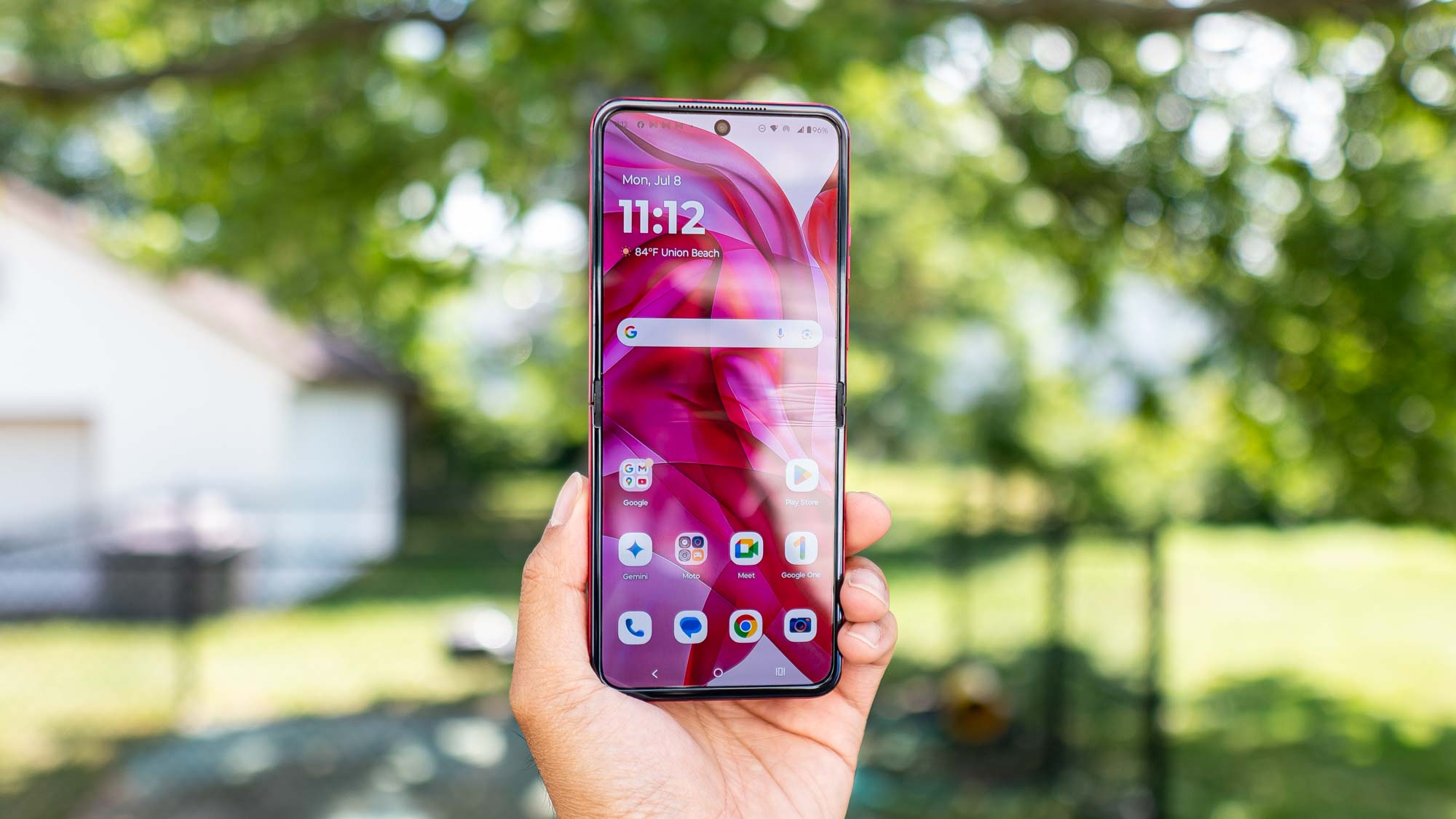New 2018 iPhones: iPhone XS, iPhone XS Max and iPhone XR Rumors
It's never too early to start thinking about the next iPhone. Here's a look at the rumors circulating about what Apple will do to follow up the iPhone X.
Update Sept. 21: We have reviewed the iPhone XS Max and iPhone XS, which are on sale now. The more affordable iPhone XR will be available for pre-order Oct. 19 and will go on sale Oct. 26. Check out our comparison of all three phones.
Apple reportedly has three new iPhones planned for 2018, and with the launch set for today (Sept. 12), the last-minute rumors are flying fast.
Editor's Note 11/11/2018: The holiday season is here. Make sure to check out our guide to the best iPhone XR Black Friday deals of the season.
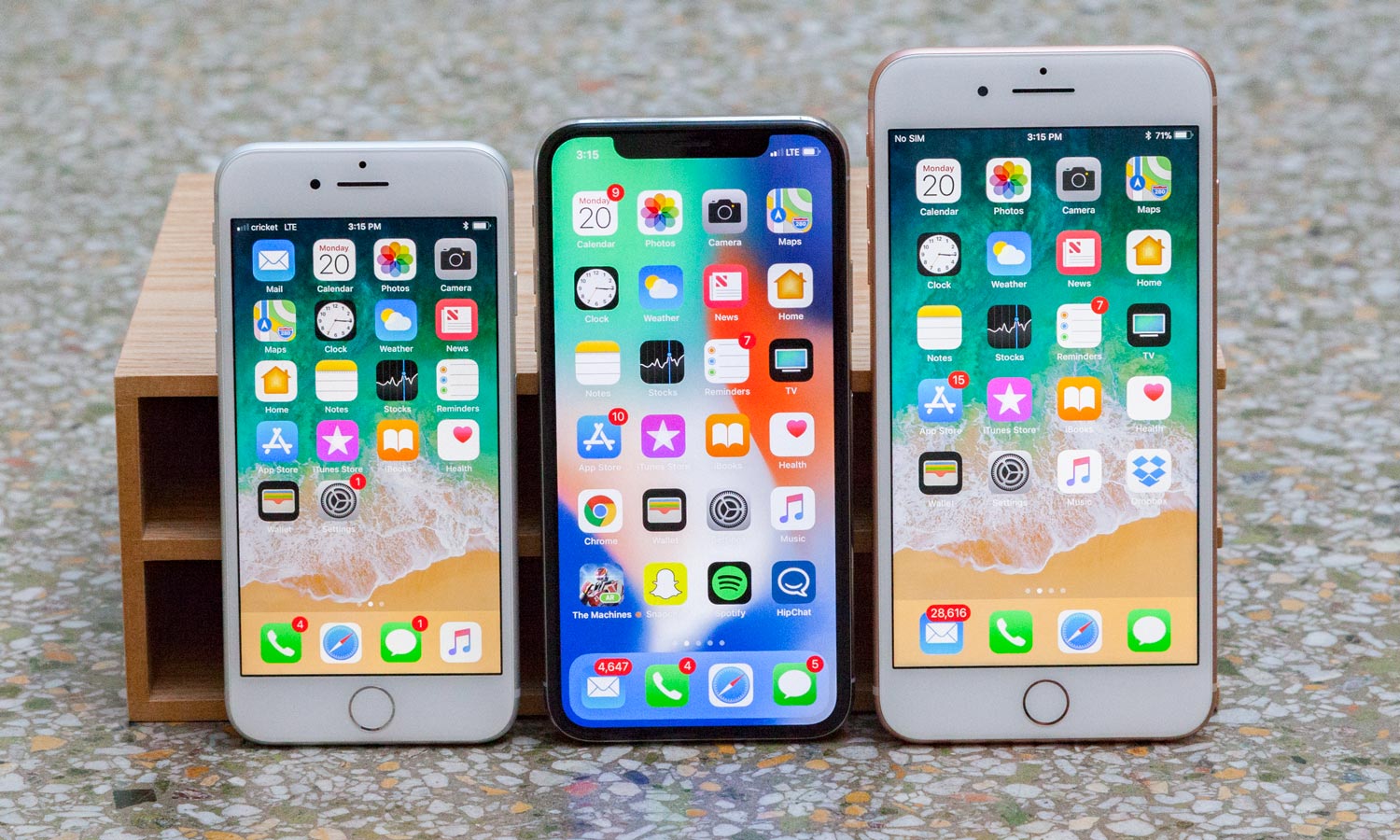
Here's a closer look at what we've heard so far about the 2018 updates, including features, price, release date and more.
Latest Rumors (Updated Sept. 12)
- Names and colors confirmed: Thanks to sitemap data leaked from Apple's website, we know what the the three devices will be called: iPhone XR, XS and XS Max. The leak also reveals black, white, red, yellow, coral and blue color options for the XR, anda new gold option for the XS.
- iPhone prices leaked: A new report in CNBC says that the 6.1-inch LCD iPhone will cost between $600 and $700, and the successor to the iPhone X will run you between $800 and $900. The so-called iPhone XS Max at 6.5 inches will cost $1,000 and up.
- Bold new colors: The 6.1-inch iPhone could come in an array of colors, including blue, red, silver, space gray and even brown. Also expect a dual-SIM card slot.
- Mark your calendars: A leaked email suggests the new iPhones will ship on Sept. 21, a week and a half after the Sept. 12 launch event.
What is the release date for the new iPhones?
Apple unveiled the iPhone X, iPhone 8 and iPhone 8 Plus on Sept. 12 last year, and it will do so again in 2018. The new iPhones will be revealed at an event at Apple's Steve Jobs Theater on Wednesday, Sept. 12, at 10 a.m. Pacific time, or 1 p.m. Eastern. Here's how to watch the event.
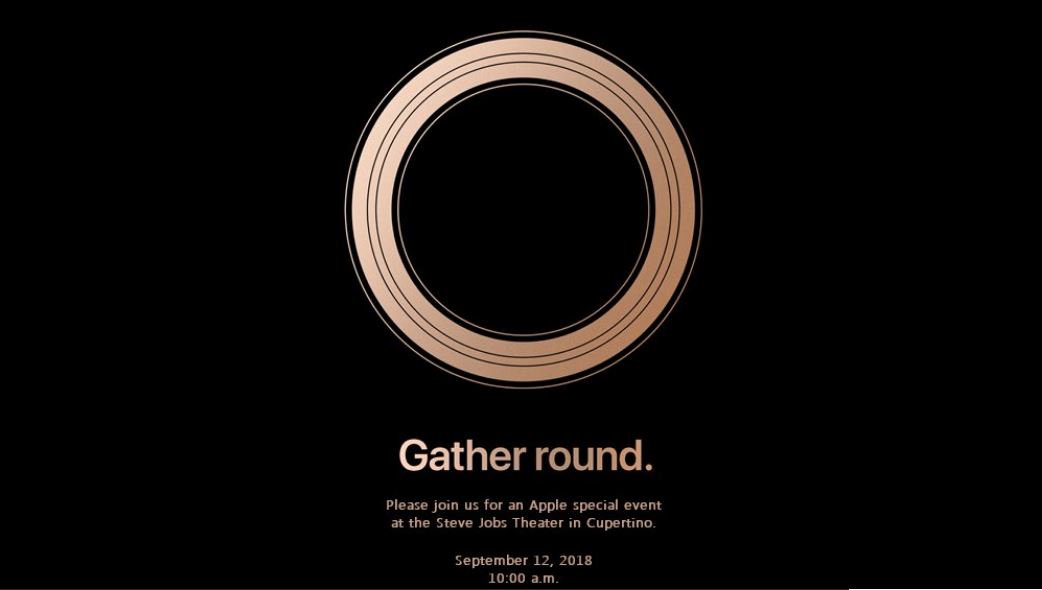
The company sent invites out on Aug. 30, with the teaser "Gather Round" — perhaps a reference to the circular design of the venue. Additionally, there are three concentric rings in the graphic, which may hint at the three models we expect to see debut.
MORE: Apple's Biggest iPhone Launch Ever: What to Expect
Sign up to get the BEST of Tom's Guide direct to your inbox.
Get instant access to breaking news, the hottest reviews, great deals and helpful tips.
Rumors from earlier this year suggested that Apple would put all its efforts into this fall’s releases, meaning that the iPhone SE would be unlikely to see an update. Now that we're in September with nary a peep about the iPhone SE, it safe to say that rumor is panning out.
As for when you'll actually be able to get your hands on a new phone, a report from the iPhone Italia blog says an email from Apple's shipping partner in Itally suggests the new iPhones will ship on Sept. 21. That time frame would be in line with last year, when Apple takes pre-orders on the Friday following its launch event, with the phones hit retail shelves the following Friday.
What Will Apple Call Its 2018 Phones?
According to a sitemap file leaked from Apple's website, the phones will be named the iPhone Xr, iPhone Xs and iPhone Xs Max. While we'd known for some time that Apple would revive the "S" designation for the 5.8-inch and 6.5-inch OLED models, the name for the 6.1-inch LCD device has been up in the air. Previously, it had been referred to as the iPhone 9 and iPhone Xc. The iPhone Xr will be the least expensive of the three devices, and according to the leak, will come in black, white, red, yellow, blue and coral.
KGI Securities analyst Ming-Chi Kuo was the among the first to suggest that Apple would release three new iPhones in 2018. It's believed that one of those models will come with a 5.8-inch screen to match the iPhone X, but it'll be flanked by another featuring a 6.1-inch display. The largest of the bunch could deliver a display size of 6.5 inches, according to Kuo.
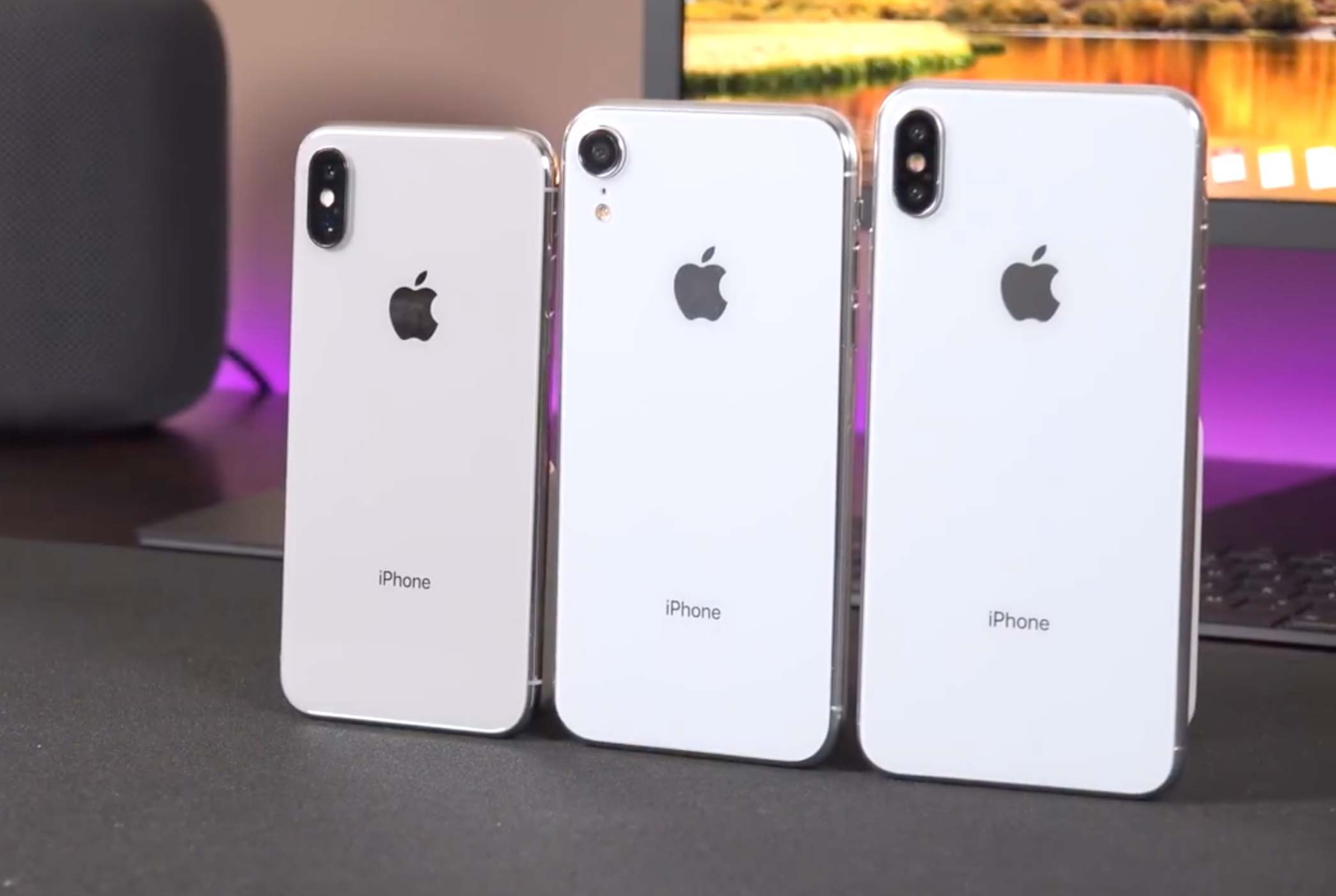
Bloomberg also picked up on Apple’s three iPhone strategy, reporting that the 6.5-inch device would be a Plus version of the iPhone X, while the 6.1-inch phone would feature an LCD screen and cost less. RBC Capital Markets analyst Amit Daryanani originally thought the 6.1-inch phone would be called the iPhone 9, while forecasting that the other models will be known as the iPhone XS and XS Plus. However, Taiwan's Economic Daily News claims that all three phones will carry the iPhone X branding.
In a subsequent Mac Rumors post, Kuo shared additional details surrounding the rumored 6.1-inch model, including pricing and specifications. He says this variation will be the least expensive of the three new devices, and will incorporate an LCD display instead of an OLED one as found on the others. He also says this iPhone will only utilize a single lens for the rear camera, an aluminum body in place of glass, and lack 3D Touch.
A leaked video from Shai Mizrachi that was posted by 9to5Mac gives us an idea of what to expect from at least two of the new models. The video purports to show both a 6.5-inch iPhone X Plus and a 6.1-inch phone (called the iPhone 9 in this leak, though it's unclear if Apple will use that name).
We have more video, courtesy of the DetroitBORG tech review site on YouTube, that showcases all three new iPhones stacked up against each other. (Again, these are dummy units and not working models, but it does provide some perspective on the size and shape of the the new iPhones.)
What Features Can We Expect in the Next iPhone?
Assuming analysts are right and that three new iPhones are coming in the fall, what kind of features will we find on the new phones? Here’s an overview.
Better Battery Life: According to a report out of Cult Of Mac, the A12 chipset in the upcoming iPhones will utilize a 7-nanometer process, meaning it will consume less energy than the 10-nm A11 Bionic processor, despite potentially being up to 30 percent faster. Add to that rumors of significantly larger batteries on the two OLED-powered models (the reported battery sizes will apparently range between 2,600 mAh and 3,300 mAh from this year's least-to-most expensive variants) and it's quite possible we could be looking at significantly improved longevity for the new iPhones.
Additionally, let's not forget that Apple is expected to package USB Type-C fast chargers with its next-gen handsets. If all of that follows suit, we'll end up with iPhones that don't simply last longer on a charge, but fill back up quicker as well.
The Same Design Concept: Apple’s slate of 2017 iPhones were decidedly different. The iPhone 8 and iPhone 8 Plus offered a traditional iPhone design, and the iPhone X has the company’s next-generation look and feel.

According to a report from KGI Securities analyst Ming-Chi Kuo, however, Apple is planning to ditch the old-school design in 2018 and will instead opt for an iPhone X-like design across all its handsets next year. That means the controversial notch will be coming to all the handsets. (As noted above, the 6.1-inch model is expected to use LCD and not OLED for its screen.
MORE: How to Use the iPhone X - A Guide to New (or Improved) Features
eSIM Support: An emerging technology expected to replace physical SIM cards, eSIM is basically an internal replacement for the little pieces of plastic that enable service on the devices we have today. The primary benefit to eSIM boards is that they can be reprogrammed over the air, allowing customers to switch networks at will. A report from Barron's claims Apple may be working with a company known as STMicro to bring eSIM to its line of 2018 iPhones. STMicro already supplies the Apple Watch 3 with eSIM components, so it's not a reach to suggest they would do the same for Cupertino's next handsets. Google's Pixel 2 and Pixel 2 XL were the first publicly-available phones to utilize eSIM technology.
According to 9to5Mac, the iOS 12 beta for developers contains evidence that at least one new iPhone — possibly the 6.5-inch model — could add support for two SIM cards, a feature that would benefit anyone who does a lot of traveling between countries with different wireless providers. One of those SIMs could be of the eSIM variety, though the beta specifically refers to a dual SIM tray. More evidence of dual SIM card support comes from a teaser graphic posted by China Mobile, suggesting that feature could be supported in iPhones shipping to Asia.
A More Powerful Processor: Longtime Apple supplier Taiwan Semiconductor (TSMC) is believed to have gotten the contract to build the processor inside the next line of iPhones. According to a report in BGR, that chip will be known as the A12 and will deliver substantially more power than the A11 Fusion Chip you can find in the iPhone X and iPhone 8 line. Bloomberg reports that mass production of the A12 is underway. It's a 7-nanometer chip instead of 10 nanometers for the A11, which allows for more design flexibility.
In terms of performance, leaked Geekbench 4 results show only modest gains over the A11 processor in the current iPhone X. But the new chip will outperform Android phones powered by the Snapdragon 845 processor and packed with twice as much RAM.
Faster LTE Connectivity: Apple has apparently already told its manufacturing partners that it wants to take advantage of improved LTE chips. The move, which was earlier reported on by MacRumors, would mean that your 2018 iPhone would be capable (on paper, at least) of delivering faster connectivity over wireless networks. But exactly how fast is unknown at this point.
LTE connectivity has been an area where the iPhone hasn’t exactly shone: Wireless testing firms have concluded that the performance of LTE modems in the same type iPhone can vary depending on which carrier model you get. And the new Galaxy S9 outperformed the iPhone X in 4G speed testing that we conducted.
MORE: Best AR Apps for iOS (So Far)
Bring On the Augmented Reality: Apple has made it clear that it’s committed to augmented reality, and there are now reports that the company will double down on the technology in the coming years. Already, we know that Apple has included ARKit 2.0 as part of its iOS 12 efforts.
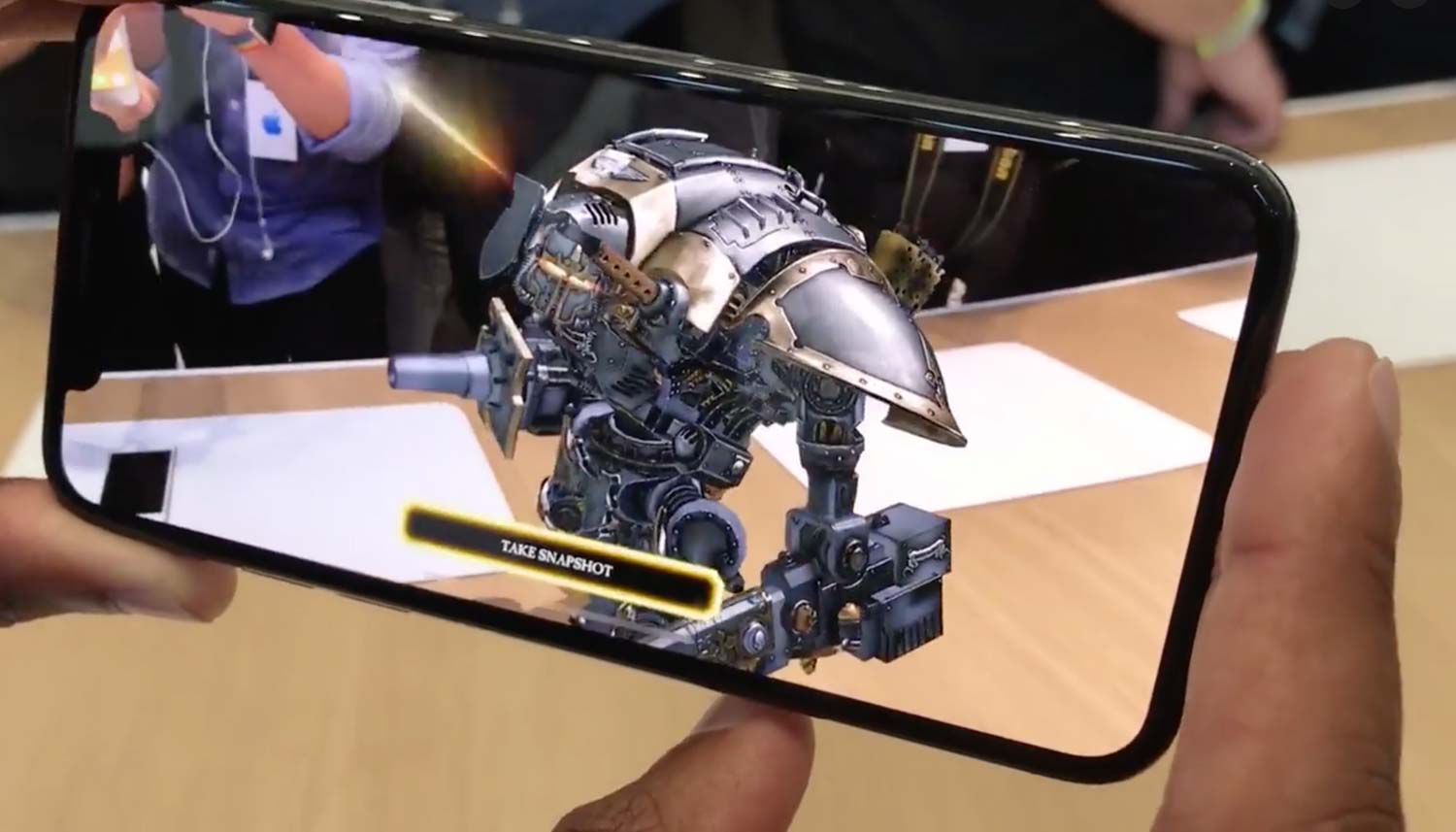
An Included Fast Charger: If you want to take advantage of fast-charging features in the current iPhones, you have to spring for a separate accessory. That's apparently changing with this year's iPhones, as rumors claim Apple plans to include a fast-charging accessory with the new phones. The latest report comes from MacOkatara, which claims that Apple will include an 18W charger with the new iPhones.
More iOS 12 Features: Just like last year's iOS 11 beta confirmed features like Face ID and the iPhone X's notch display, this year's iOS 12 beta has some clues about features Apple could be planning for its new phones. The most tantalizing one so far is a landscape view on the iPhone X Plus that reveals more information than what you'd see on an iPhone with a smaller screen.
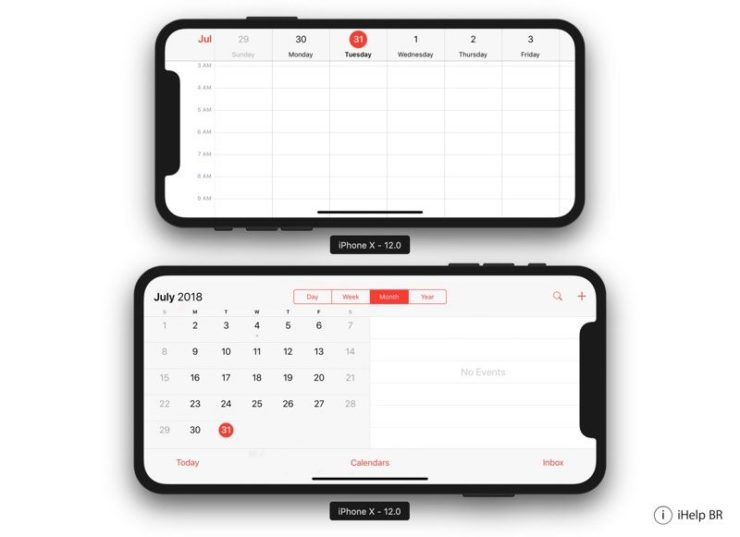
How much will the new iPhones cost?
If you're dismayed by the upward creep of smartphone pricing, there's some good news about this fall's iPhones. It's widely expected that the most expensive model, the iPhone X Plus (or iPhone XS Max, as it might be called), will debut at the same price as 2017's $999 iPhone X. The new 5.8-inch model replacing the current iPhone X would then feature an $899 price tag.
We're also starting to see a consensus on what the 6.1-inch iPhone will cost. KeyBanc Capital Markets and analyst Ming-Chi Kuo expect the iPhone 9's price tag to fall squarely between the $699 iPhone 8 and $799 iPhone 8 Plus at $750.
What About the iPhone SE?
With all the attention on the three larger iPhone models, it seems like we won't see a successor to the iPhone SE anytime soon. Analyst Ming-Chi Kuo told us as much earlier this year. Rumors from back in May briefly raised hopes that we might see a new compact iPhone with an A10 Fusion or A11 Bionic processor and camera improvements. But the iPhone SE rumor pool has essentially dried up the later we've gotten into 2018.
MORE: An iPhone SE 2 Is Long Overdue: Here's What I Want
What About Future iPhones?
If you want to look beyond this fall, rumors about the 2019 iPhones (and beyond) are already begin to bubble to the surface.
Start with the display. By 2019, enough OLED panels should be available for Apple to use OLED for all of its iPhones, at least according to Bloomberg. Currently, the iPhone 8, 8 Plus and SE still use LCD screens, and Apple looks like it's going to release another LCD-based phone this fall (and in heavy volume, if you think back to that Wall Street Journal story).
Speaking of numbers, the number of rear cameras on the iPhone could increase to three in 2019. That's according to separate reports in Taiwan's Economic Daily News, which first reported on the possibility back in April and now quotes an analyst who has reached the same conclusion. Details are sparse on how the triple lens setup would work, other than it would allow the iPhone to feature a 3X optical zoom instead of the 2X zoom featured on current dual-lens iPhones. To get a sense of how triple rear lenses might work, look no further than the P20 Pro from Huawei, which includes that feature. In our testing, the P20 Pro outperformed the iPhone X, excelling in low-light settings and using AI-powered image processing to produce stellar photos.
A Forbes contributor obtained a schematic showing what is purported to be this year's iPhone X Plus. That schematic shows what appears to be three lenses, but could also be two lenses and a sensor for the flash. The image also indicates that this year's iPhones will look the same as last year's, but with slightly smaller notches.
Apple is developing technology that could make the iPhone a drastically different device in 2020 than it is today. The company is working on MicroLED displays, which are expected to arrive on the Apple Watch and an unannounced but widely rumored augmented reality headset. That technology, which makes brighter, thinner displays possible, could eventually come to the iPhone. Apple is working on curved displays, perhaps related to the MicroLED development, which would curve inward from the top of the device to the bottom, unlike Samsung's curved displays, which round out at the sides.
According to Bloomberg, Apple is also working on incorporating touchless gestures into a future iPhone, which would allow people to interact with their phones without tapping the display. A patent spotted by IBT sheds some light on that: Apple may be working on a way to give the iPhone squeezable sides. Such a feature sounds a lot like what we've already seen in phones like the Pixel 2 and HTC U12+.
Don Reisinger is CEO and founder of D2 Tech Agency. A communications strategist, consultant, and copywriter, Don has also written for many leading technology and business publications including CNET, Fortune Magazine, The New York Times, Forbes, Computerworld, Digital Trends, TechCrunch and Slashgear. He has also written for Tom's Guide for many years, contributing hundreds of articles on everything from phones to games to streaming and smart home.
-
carlandkathie What part of touch I D does Apple not understand, people want a phone that their significant other can answer if they are out of the room or in the yard etc. with face only one person can use the darn thing ....Reply -
hawkmoon10 I love my SE. If the rumors are true, looks like I'll be in the market for one of the smaller Androids when the time comes to replace my SE.Reply
